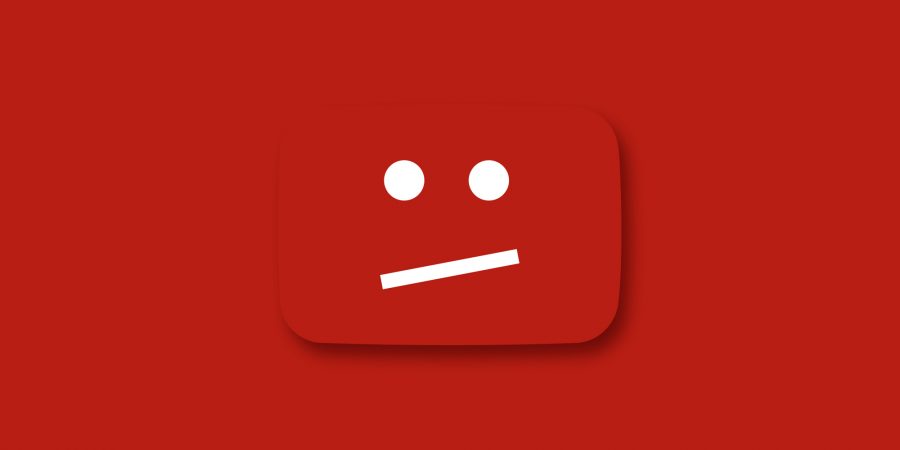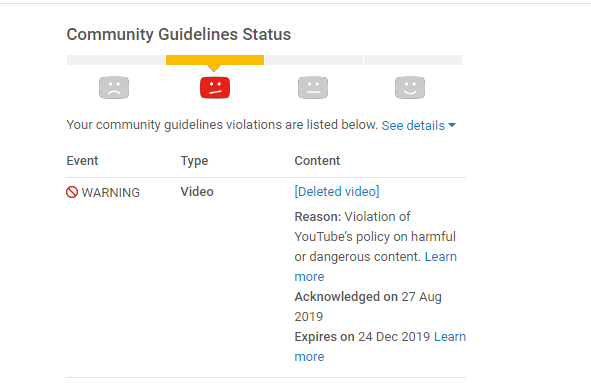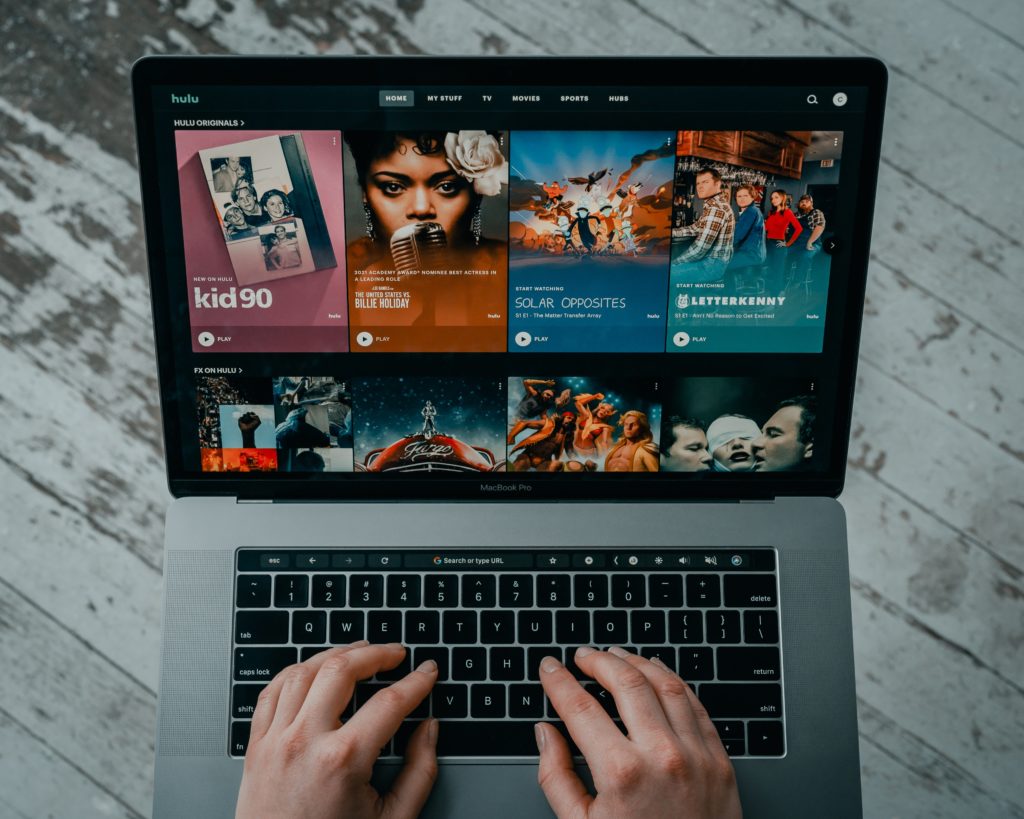YouTube demonetization has been a long-standing issue between content creators and YouTube. We discussed it in detail in this article on the limits of YouTube monetization: there are indeed strict rules on certain content that prevent many video creators from earning significant revenue.
Here, we’ll focus on YouTube demonetization, a method used to penalize creators who break one of their monetization rules. We’ll also look at how to avoid this demonetization, and what to do if YouTube demonetizes your channel or your videos.

What is demonetization on YouTube?
Demonetization can occur if some of the conditions of the YouTube community policies are not respected:
- Spam and deceptive practices: Scam, fake interaction, identity theft, scams…
- Sensitive content: videos containing nudity, sexual content, or sensitive topics such as suicide and self-harm.
- Dangerous or violent content: Harassment and cyberbullying, violent or dangerous content, or hate speech.
Please note: publishing content for which you do not own the rights, i.e. music, footage or images from other content can also be a source of demonetization or even automatic removal of the video.
When YouTube decides to demonetize your content, there are several options:
- YouTube disables ads in your content;
- YouTube excludes you from the partner program;
- YouTube removes your content, or worse, your channel may be suspended or deleted.
Today, more than 500 hours of videos are uploaded on YouTube every minute, so content and behavior are monitored by algorithms and not by humans. If they detect an anomaly, they then send warnings, also called “strike”. Generally, these demonetization warnings are done in several steps:
- Notification of suspension, and removal of content (and therefore demonetization)
- The first strike leads to temporary restrictions such as the banning of posting videos or organizing live streams for one week.
- Channel deletion: if a channel receives 3 warnings (strikes) within 90 days, then YouTube can remove the channel completely.

How to avoid YouTube demonetization?
It’s not a scoop, to avoid demonetization, you have to follow YouTube’s rules and conditions. More generally, since demonetization is related to advertisers who don’t want to be associated with biased content, try to put yourself in the shoes of an advertiser. Ask to yourself this question: if you were a brand, would you want to associate your image with the content you just created? If your video content includes inappropriate images of violence, nudity, or deals with sensitive or divisive topics, it’s obvious that most brands don’t want to see their advertising before, during, or after (pre-rolls, mid-rolls, or post-rolls).
Beyond the content itself, other rules must be respected to avoid demonetization:
- AdSense Program Policy – AdSense is the platform used by YouTube to display ads on its videos. If you violate any of Google’s AdSense program policies, your account may be demonetized. For example, artificially generating ad clicks, or enticing visitors to click on the ad.
- YouTube monetization policies – These are the rules you followed to get monetized. Once you’ve been monetized, make sure you keep these best practices.
What to do if your YouTube channel is demonetized?
1- Investigate and appeal
If you receive a “strike,” look for anything in your video’s title, thumbnail, or description that might prompt YouTube’s bot to demonetize it. If your content deals with uncomfortable issues that displease YouTube’s algorithm, consider changing the substance of your content.
Eventually, ask for a manual review of your video or appeal, if you feel this is a mistake. Beware, the chances of getting your channel “re-monetized” are limited unless you can make a compelling case. Even if you win your appeal, you may have to fight to be “remonetized” a second time.
Bottom line: avoid the strike at all costs. Just follow YouTube’s rules and you’ll be fine.
2- Look for other sources of profit
Depending completely on monetization on YouTube is therefore very risky. That’s why we advise you to diversify the income from your video content.
Paid models (subscription, pay-per-view), merchandising, product placement, or affiliation are all sources of income. If you want to know more, have a look at our article: How to monetize your videos

3- Create your own streaming platform
The best way to avoid demonetization on YouTube is to upload your videos on your own platform, where you have full control over the revenue possibilities.
With OKAST, you can create your own streaming platform with the monetization model you want: video subscription, rental, pay-per-view, donation, ad sponsorship…
And since it’s your platform, it’s your rules! No demonetization, no deletion of content… and most of all more revenue for you!
Want to know more? Let’s talk about it! Contact us at hello@okast.tv to speak with an expert from our team 🙂